With the exception of few weirdos, readers love a great plot twist. When executed well, the perfect plot twist turns an okay read into an unforgettable one.
Let’s analyze what makes a plot twist work, what doesn’t, and how to include a killer twist in your own book.
How to Write a KILLER Plot Twist
Please note that this post contains affiliate links, which means that if you purchase something you see on our site we may receive a commission at no cost to you. Read our full disclosure here.
The Best Plot Twists
For me, the best twists occur when I least suspect them. I want to be slightly confused, a bit befuzzled, and totally dazzled by a plot twist. I want to be looking in all the wrong places, and then – wham! – hit with the truth like a brick to the head.
Nothing ruins a book for me like figuring it all out before I am supposed to. Sure, there’s a bit of patting my own back if I deduce who the murderer is before the detective reveals it in a mystery novel, but mostly there’s just let-down and disappointment. I don’t want to be smarter than my hero/heroine.
A killer twist will cause a love/hate reaction in your reader. I’ve had readers tell me they threw my book against the wall when all was revealed. I take it as a compliment. Wink, wink. After all, writing is an art, and you know what they say about art …
It’s supposed to make you feel something.
Rules for Writing Plot Twists
However, done badly, a plot twist can ruin a book. There are a few rules to follow when including a twist, and when those are ignored, a reader will feel cheated.
For instance:
Rule #1: Leave Clues
Giving the reader absolutely no clues at all to the twist is a gamble that will annoy, not dazzle. Like cayenne pepper or perfume, clues should be used sparingly, but they absolutely have to be there.
It isn’t fair to reveal that the killer at the end of the book was Great Aunt Millie, when you never once mentioned the existence of Great Aunt Millie. A good writer will drop small, subtle hints and the audience will not even see them. They’ll seem small, inconsequential, and the reader won’t take note.
Then, at the end, when the twist is finally revealed, readers will be smacking their proverbial foreheads because they’ll remember those hints they ignored.
Rule #2: Keep it Real
Another no-no is just adding in twists willy-nilly, for nothing but the sake of having one (a twist). Too many plot twists become ridiculous and tiresome. I’d rather have one or two excellent twists that are well-written and well-plotted, then four or five that make me roll my eyes.
There are only so many bad things that can happen to your protagonist: it’s simply silly to keep piling up the misfortune and near-death experiences. Go ahead and bring the dead mother back to life, pop in an evil identical twin, be stalked by a crazed killer, but for goodness sake, don’t do all three.
Rule #3: Don’t Advertise
Another one – although this isn’t necessarily the author’s fault – is advertising so heavily about there even being a twist that the reader will figure it out long before they are meant to.
Having a screaming blurb on the cover about the ‘shocking twist,’ plus several more mentions on the review page, can actually be harmful. The reader will come up with so many imagined plot twists that the odds are good they’ll hit on it correctly, and then what? Ironic disappointment, that’s what.
Plus, it’s difficult to enjoy a book for all its worth when you’re obsessed and distracted by puzzling everything out.
So, how do you plot out your twist?
How to Pull Off a Killer Plot Twist
Red Herrings
First of all, you are going to require some red herrings.
You need something to distract your audience, and while a smattering of unexpected romance helps, as does a jolt of horror, or a spot of laugh-out-loud humor, sprinkling red herrings here and there is the best way to keep your reader out of the loop.
In other words, you want to empower your audience with a false sense of security.
Ah ha! I have completely and utterly figured it all out before the ending! Go, me!
~ Yours Truly, when I think I have completely and utterly figured it all out when I completely and utterly have not.
To go ahead and break Rule #3, in the second novel of my YA trilogy I had a bomb to drop, figuratively speaking. Knowing I wanted to wait until the very last chapter to reveal the secret, I led my readers astray by giving them a second, less thrilling, twist to figure out on their own.
Hidden not quite so deeply in the pages, I figured most would figure it out, and being so proud of themselves would quit looking for the big plot twist to come. It worked extremely well, so well in fact, that I got a lot of feedback that it took surprising turns and kept readers guessing.
Having a red herring or two is a clever way to shine the light on an unimportant arc, while simultaneously dimming the light on the real plot twist to come.
Hints
Providing hints is another must when your novel has a killer twist.
Like I mentioned before, not having any hints at all is cheating and a cop-out. You want your reader, when the last page is turned, to turn to the beginning again, scouring for everything they missed. You want them to find those hints now! It will make them feel both a tad bit stupid, yet completely fulfilled.
The Reveal
Revealing your twist should happen towards the very end of your novel.
Occasionally, I’ll read a book where the major plot twist is unraveled and exposed mid-way, and it leaves me feeling … meh. What’s the point of finishing the book? Just random loose ends wrapping up? The anticipation is gone, and so is my attention span.
Be like Vanessa Williams. Save the best for last.
Examples of *GOL* Plot Twists
Books that made me GOL (gasp out loud) with the strength of their plot twists:
*denotes Young Adult
Fingersmith, by Sarah Waters
Emma in the Night, by Wendy Walker
Sister, by Rosamund Lupton
The Woman in the Window, by A.J. Finn
The Marriage Pact, by Michelle Richmond
The 13th Tale, by Diane Setterfield
We Were Liars, by e. Lockheart *
Come to Harm, by Catriona McPherson
My Husband’s Son, by Deborah O’Connor
The Dinner, by Herman Koch
The Night Sister, by Jennifer McMahon
I Let You Go, by Clare Mackintosh
A Head Full of Ghosts, by Paul Tremblay
When You Reach Me, by Rebecca Stead *
Odd Thomas, by Dean Koontz
PIN IT
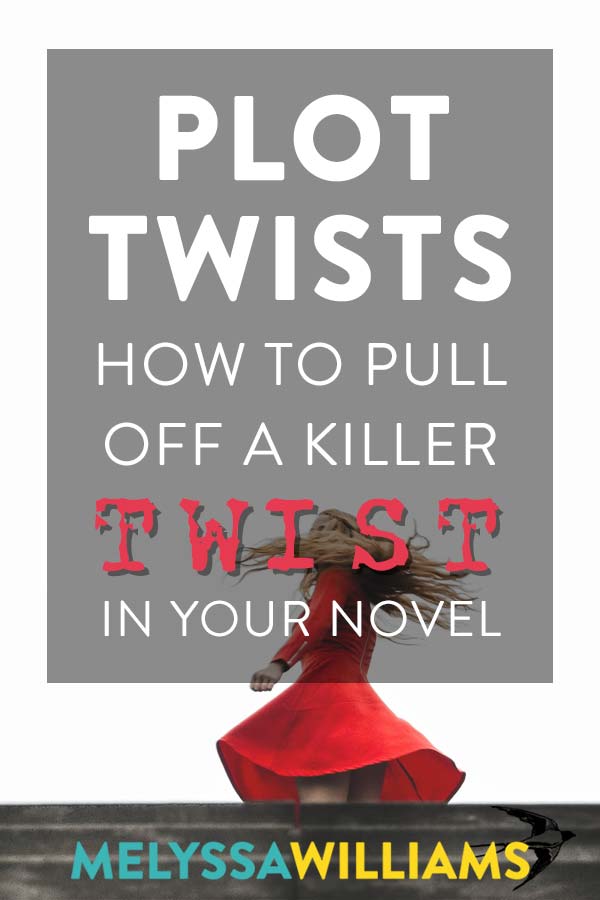

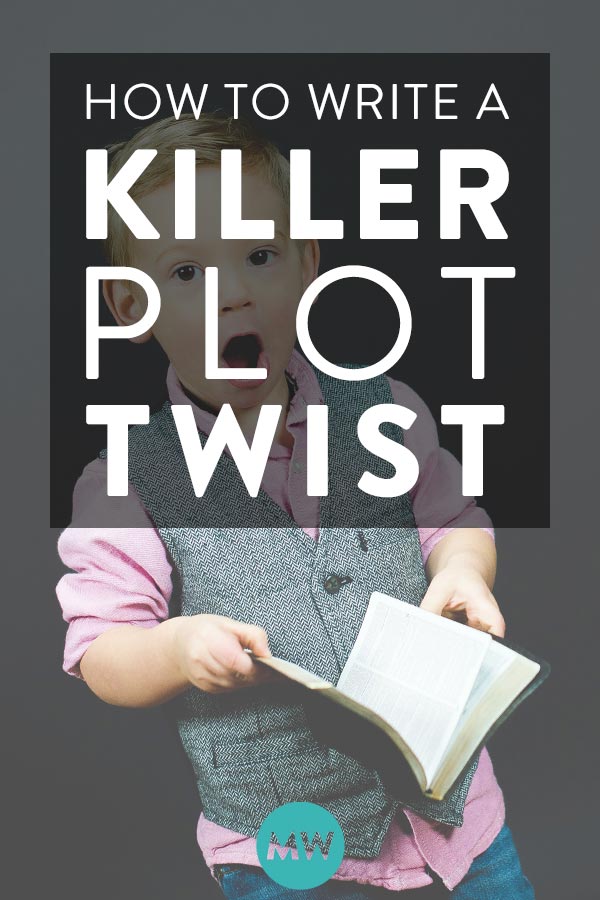
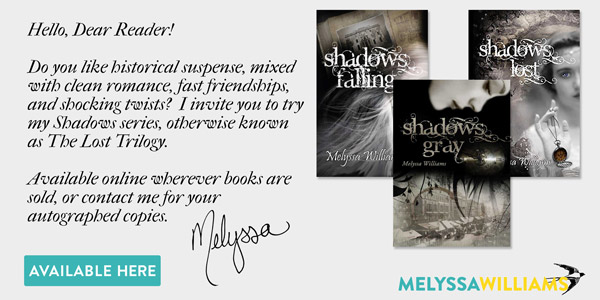
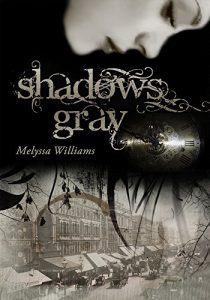

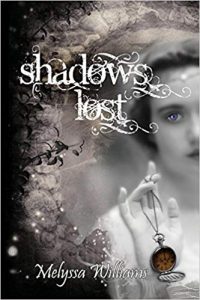
1 Pingback